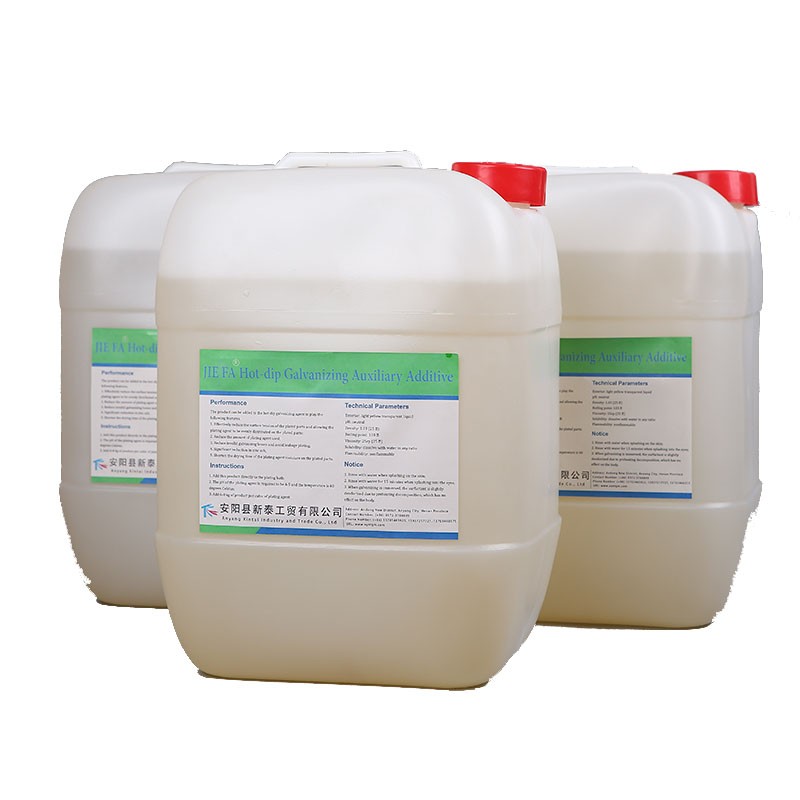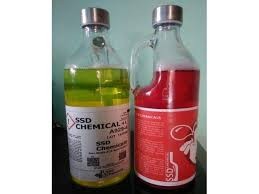ssd solution chemical composition
SSD Solution Chemical CompositionSSD solution, or Solid-State Drive solution, refers to a chemical mixture used in the process of cleaning and restoring damaged or non-functional solid-state drives. The precise chemical composition of SSD solution can vary depending on the specific formulation and intended application, but it typically includes a blend of solvents, chelating agents, and other specialized additives. These chemicals work synergistically to dissolve contaminants, remove oxidation, and restore the electrical conductivity of the NAND flash memory chips within the SSD.One of the primary components of SSD solution is a solvent. Solvents are used to dissolve and remove organic residues, such as adhesives, coatings, and other contaminants that may be present on the surface of the NAND flash memory chips. Common solvents used in SSD solution include acetone, isopropyl alcohol, and other volatile organic compounds. These solvents are carefully selected for their ability to dissolve a wide range of organic materials without damaging the delicate electronic components of the SSD.In addition to solvents, SSD solution often contains chelating agents. Chelating agents are chemicals that bind to metal ions, such as iron, copper, and aluminum, which can cause corrosion and electrical shorts within the SSD. By binding to these metal ions, chelating agents effectively remove them from the surface of the NAND flash memory chips, preventing further damage and restoring electrical conductivity. Common chelating agents used in SSD solution include EDTA (ethylenediaminetetraacetic acid) and citric acid.
Showing all 2 results
-
SSD Chemical Solution Packing Material 200ML
SSD Chemical Solution Packing Material $2,600.00 Add to cart -
SSD Solution White 300ML
SSD Chemical Solution White Original price was: $2,800.00.$2,500.00Current price is: $2,500.00. Add to cart





